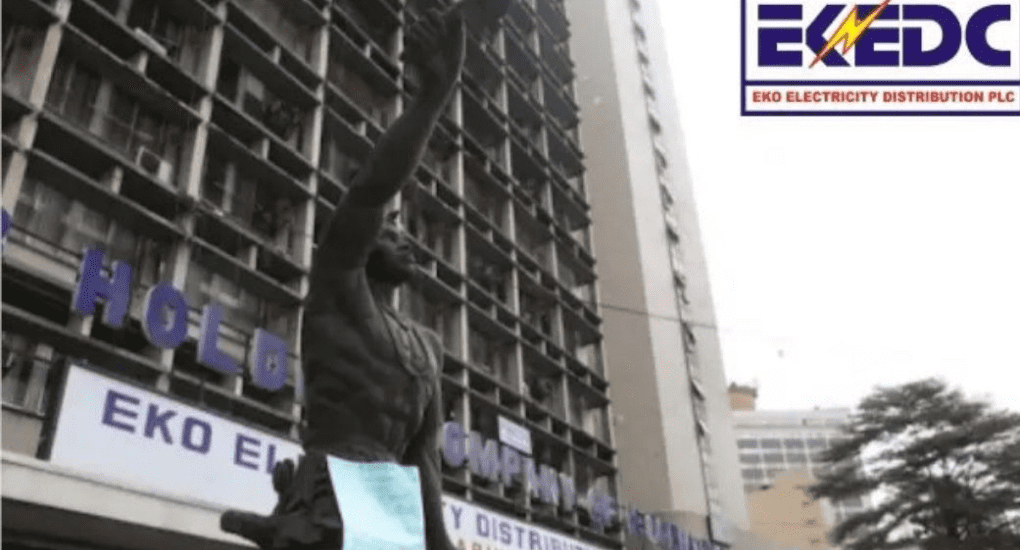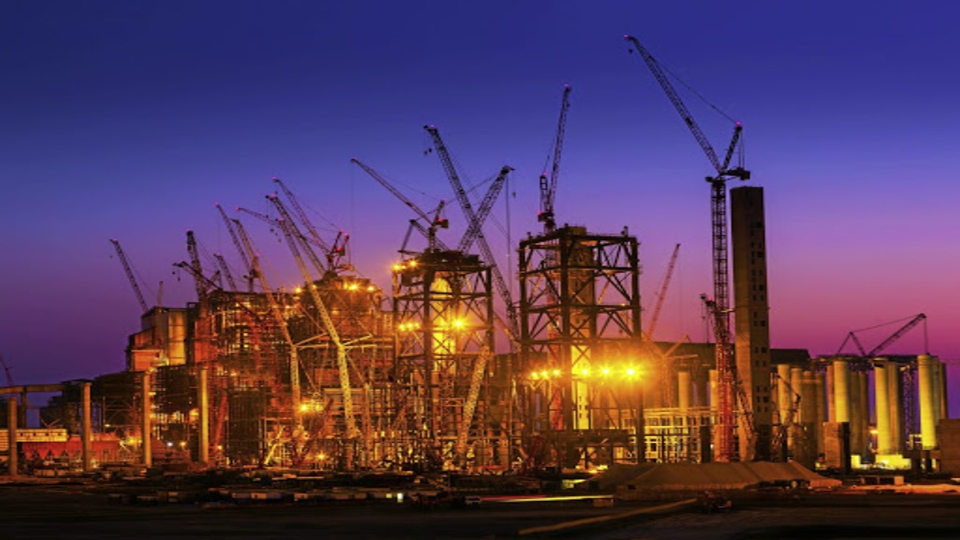



































Lagos 25-day blackout: residents in parts of Lekki, Ikotun, Ojota, Agege, Yaba groan
 ONDO
ONDO
 WHEN
WHEN
 GMIX
GMIX
 WOULD
WOULD
It’s day two of the 25-day blackout for most Lagos residents, scheduled to run daily from 8:00 a.m. to 5:00 p.m. until August 21, according to Eko Electricity Distribution Company (EKEDC) and Ikeja Electric.
The culprit is a critical overhaul of the Omotosho-Ikeja West 330 kV transmission line, a crucial line carrying power from Ondo State’s Omotosho Power Station to Ikeja West, Lagos’ energy epicentre. The Transmission Company of Nigeria (TCN) promises this maintenance will shore up the nation’s frail grid, but for now, it’s fractured Lagos into a city of haves and have-nots.
Lagos is no stranger to division; wealth and wants coexist uneasily in Ekò, but this blackout has etched those lines in stark relief. In most parts of Victoria Island, like Akin Adesola, Bishop Oluwale, Saka Tinubu, and Oniru, there’s uninterrupted power.
“We have had light all day,” a resident told Technext.

In Surulere’s Yisa Buraimoh, a Band A zone favoured by reliable supply, residents say power has been steady since morning. The story isn’t very different from nearby Ijesha, another Band A zone where residents weathered a mere 50-minute blip.
“We had light all through this morning and into the afternoon until about 1:45 pm when it was taken. But they have brought back the light at exactly 2:35 pm, so it was gone for 50 minutes. But I have already bought fuel just in case they decide to take it finally,” a resident said.
Residents of Sangotedo had a similar experience. Ajao Estate in Isolo and parts of Ebute Metta and Lekki Gardens Phase 2 report similar luck, with a resident in Lekki Gardens telling our reporter she was expecting the blackout and still shocked nothing had happened.
“I had light since morning till now. I was so worried they were going to take the light, and the blackout would start taking effect, and I work mostly from home. I am still shocked that it did not take effect,” she said.
In Ikotun, residents said those using line number 33 got the regular power supply which they get for Band C, while those on number 11 languish in darkness. One resident, accustomed to neglect, sounds almost bemused: “We don’t usually get light, but today we did, despite the blackout notice. Let’s see how long it lasts.”
Another, from a less fortunate corner, said, “They probably forgot to cut us off this time, lucky us.”
But venture beyond these pockets, and the story sours. In Lekki’s Salem, residents reported that there was no light within the scheduled hours but that it was restored late in the evening. “No light here. Diesel bill about to hit the roof,” she shared.
Most parts of Yaba, Africa’s Silicon Valley, are affected by the outage.

Some neighbourhoods in areas like Ojodu, Oke-Ira, Agidingbi, Omole Phases 1 and 2, Iju, Berger, Magodo Phases 1 and 2, Ketu, Oregun, Ojota, Agege, Ifako, Abule Egba, Ojo, Ikeja, Oshodi, Ayobo, Alimosho, Ogba, Alausa, and Ejigbo are plunged into darkness. Yet Ikoyi and parts of Lekki, including Phase 1, join VI and Surulere’s Band A zones, basking in a steady supply, a stark reminder of Nigeria’s uneven power landscape.
The Omotosho-Ikeja West line is no mere cable, but a linchpin of Lagos’ energy ecosystem. TCN’s mission, installing Optical Ground Wire (OPGW) fibre cables, aims to drag Nigeria’s grid into the 21st century, enabling real-time monitoring via the Supervisory Control and Data Acquisition (SCADA) system.
The economic cost of the 25-day power blackout in Lagos
Ndidi Mbah, TCN’s public affairs chief, frames it as a non-negotiable step toward reliability, with power expected to return nightly as other circuits shoulder the load. But nine hours of daily outages, slicing through the heart of the workday, have sparked a chorus of groans across a city that never sleeps.
Lagos is not just Nigeria’s commercial centre but an economic pulse, contributing significantly to the national GDP. This blackout threatens to choke that engine.
In Yaba, tech startups, the darlings of Africa’s innovation boom, grind to a halt, their servers silenced. Small businesses, already tethered to generators amid Nigeria’s chronic power woes, face crippling fuel costs. Analysts estimate losses could spiral into billions of naira, a brutal hit in a nation grappling with inflation and currency woes.

In unaffected areas, relief is tinged with caution.
“Stable power is a given here, but I feel for those struggling,” says a resident of Victoria Island.
Across town, residents hoard ice to save perishables or scrape together funds for generator fuel, a lifeline out of reach for many in a city where 60% live on less than $2 a day.
The maintenance, approved by the Nigerian Electricity Regulatory Commission (NERC) and the National Independent System Operator (NISO), tackles a grid battered by decades of underinvestment, ageing infrastructure, and gas shortages. It’s a necessary surgery, but the timing (peak business hours) feels like a gut punch.
As Lagosians endure this necessary but painful 25-day blackout, their resilience shines through, tempered by frustration and hope. As the affected areas brace for long hours of darkness, the promise of a modernised grid feels like a fair price for a greater good. For now, Lagos holds its breath, its people adapting with the stubborn grit that defines Nigeria’s beating heart, counting down to a brighter, more stable tomorrow.

